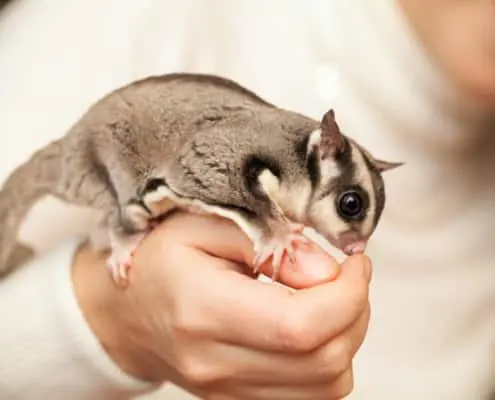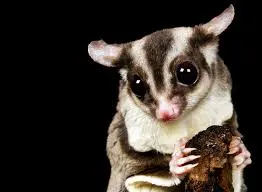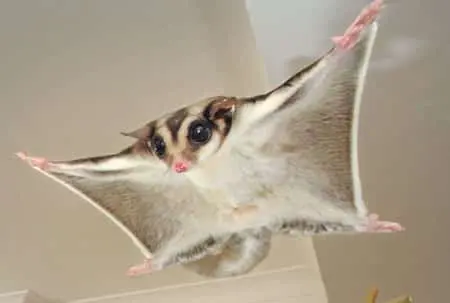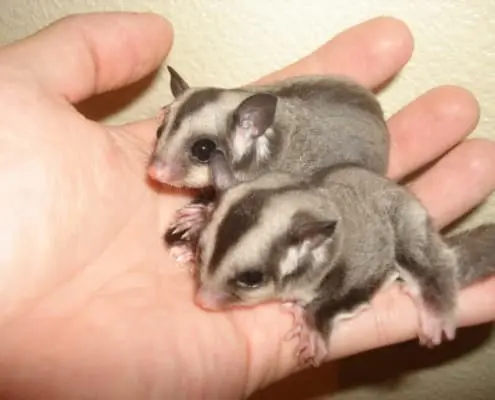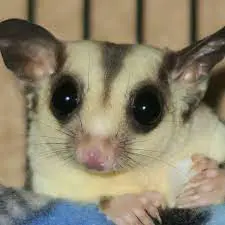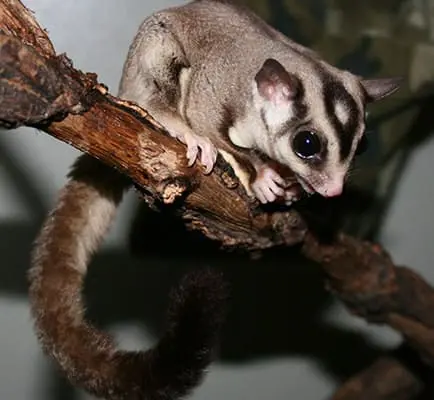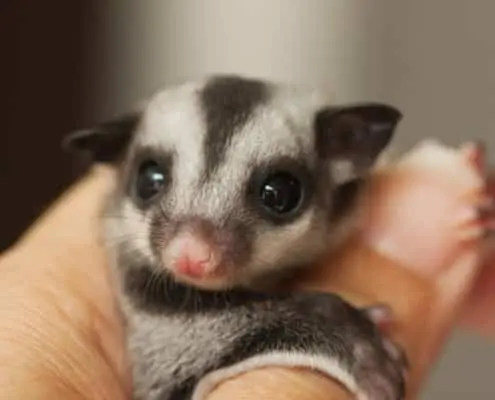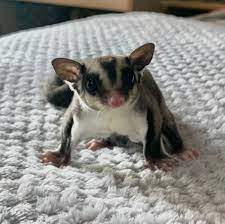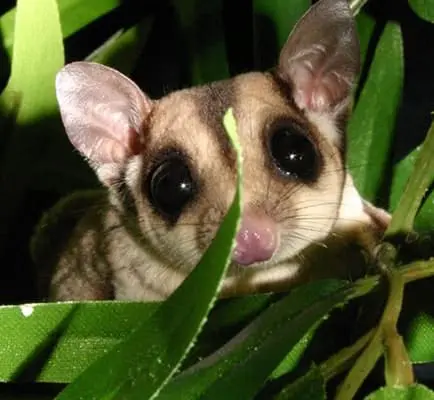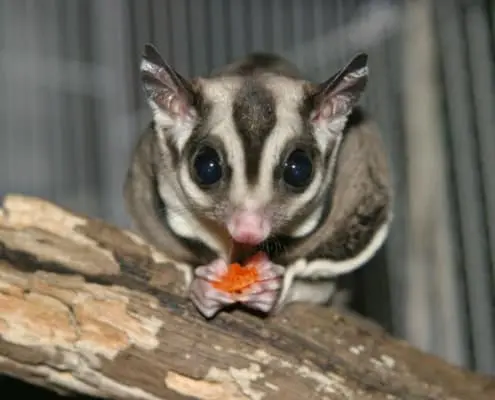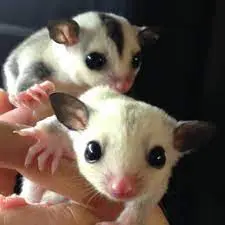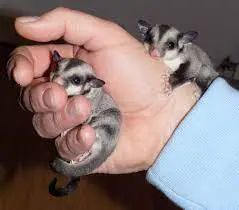Sugar Glider Care Sheet
Before purchasing your very own sugar glider for sale, be sure to read Tortoise Town’s sugar glider care sheet to ensure proper care and proper sugar glider care for your new pet sugar glider. Below you will find detailed information on sugar glider care provided by our biologist including the following:
- sugar glider
- baby sugar glider
- buy a sugar glider pet
- sugar glider price
- where to buy a sugar glider
- baby sugar glider for sale
- sugar glider for sale online
- sugar glider shipped
- baby Sugar glider for sale
- captive bred sugar glider for sale
- captive-bred sugar glider for sale
- buy a captive bred sugar glider
- sugar glider morphs for sale
- sugar glider origin
- normal sugar glider size
- sugar glider habitat
- sugar glider cage
- where to find a sugar glider breeder
- sugar glider breeding
- what is a nutritious sugar glider diet
- sugar glider food
- sugar glider lifespan
- normal sugar glider behavior
- how to care for sugar glider
- sugar glider care
- sugar glider care sheet
- baby sugar glider
- white sugar glider
- sugar glider monkey
Gliders are unique animals
The sugar glider is a unique animal that many people don’t even know exists. In the course of recent years, they have been domesticated, and they now make great pets! In case you are keen on bringing one into your home, here’s everything you need to know.
Sugar gliders are nocturnal
These nocturnal mammals are local to places like Australia and Indonesia, not rodents as many are mistakenly led to accept. They are marsupials, which means that they raise their young in pouches on their mothers’ bellies. They are nighttime, which implies they are dynamic during the evening.
Sugar gliders are named for their love of sweet, sweet food varieties (particularly products of the soil) and that they have a slight film that runs from their wrists to their lower legs that permits them to bounce and skim through the air. They float from one tree to another in nature.
Sugar Glider Size
The body of a sugar glider is five to six inches long, with the tail adding another six inches (which goes about as a rudder while they skim). They’re simply around four to five and a half ounces in weight.
Sugar Gliders Diet
In normal, 75% of a sugar glider’s eating regimen ought to incorporate foods grown from the ground, with the leftover 25% being protein. They favor sweet leafy foods, as recently expressed. They additionally appreciate desserts that are remembered for their eating regimen! Here are a few instances of organic products, vegetables, proteins, and bites that your sugar glider must eat:
Leafy foods: Apples, apricots, avocados, bananas, berries, melon, carrots, cherries, sweet corn, dates, figs, grapes, grapefruit, honeydew, mangoes, oranges, papaya, peaches (*NOT the pits – poisonous! ), pears, pineapples, yams, plums, and raisins
Protein for your sugar glider
Proteins: Meats (little pieces of cooked lean turkey, chicken, and so forth with no additional flavors or sauces), hard-boiled eggs, yogurt, and so on are altogether acceptable wellsprings of protein.
Treats: Live bugs (crickets, mealworms, worms, and so on) and crude and unsalted almonds (wealthy in fat and has to just be given as treats, not as an essential part of the eating routine; **don’t feed bugs you get from outside – they might be contaminated with pesticides)
Sugar gliders are picky eaters
Sugar gliders are fussy eaters, so they may not acquire the entirety of the supplements they require. Therefore, it is recommended that enhancements, for example, a multivitamin for reptiles or a calcium supplement with D3 to their eating regimen
New water must consistently be given to your sugar gliders, however they procure most of their water from their dinner, so don’t be apprehensive in case they aren’t drinking a lot.
When to feed a sugar glider
Some sugar glider owners feed their pets once per day at night, while others feed them two times every day, toward the beginning of the day and evening. This is altogether subject to the inclinations of your sugar gliders. In the event that they appear to be eager again toward the beginning of the day, take a stab at taking care of them a little piece of food first thing and afterward more in the evening.
!sugar substitutes, treats, or chocolate must never be given to sugar gliders!
Sugar-Glider Habitat
The cage for a sugar glider must be as large as possible, and the taller the better. They require a huge amount of area to climb. The cage for one sugar glider should be at least 20′′ x 20′′ x 30′′. Wire mesh or metallic bars must be used inside the cage, and that they need to be close enough that your small glider can’t get through. Their habitat should additionally be positioned in a quiet location all through the day a good way to sleep. Keep away from direct daylight. The temperature inside the room must be about 15 and 30 degrees Celsius.
Sugar gliders enjoy climbing
Sugar gliders like to feed from up high, therefore food bowls that connect with the cage’s side are the best option. In addition, they require a nesting location where they could sleep throughout the day. a cloth pouch, a wood birdhouse, and a plastic hamster wheel are all examples of this. To absorb urine and droppings, there should be a bedding at the lowest point of the cage. You could use wooden shavings or shredded paper alternatively for bedding. You should make sure that whatever you use to line the bottom of the cage is nontoxic incase it is ingested.
Gliders enjoy toys
Sugar gliders enjoy toys, so give them as many as you can. They like chicken toys, bite toys, ladders, bells, workout wheels, tunnels, and balls. Some branches can be used in the cage too so that they can climb. Make sure you use non-toxic wood and replace the branches frequently.
Sugar Glider Behavior
Sugar gliders are incredibly friendly creatures who require constant company. This helps them bond with their owners, but even if you can give your glider a lot of care and devote the necessary time, maintaining just one glider is not optimal. Sugar gliders have their own language and can live in groups of up to 30 in the wild. When you keep a glider alone, it can cause mental, behavioral, medical, and emotional issues for them. When purchasing a sugar glider, consider buying multiple and keeping them in the same cage. Pet owners are unable to provide the same level of companionship that other sugar gliders can. The grooming, vocalizations, and bonding that they provide for each other are irreplaceable by a human.
Sugar Gliders Breeding
The entire group of sugar gliders must be kept together during pregnancy and birth. Some mothers may appear disinterested in her offspring after they are born. If this occurs, step in a feed the child yourself until the baby is stable enough to feed itself. At 8-12 months, your female sugar gliders may begin to reproduce. Males begin breeding around 12-15 months. Two babies are often born at once. They are called joeys. The gestation period lasts 15-17 days. The in-pouch period lasts 70-74 days. Lastly, the weaning process lasts 110-120 days.
The weaning process
After the gestation stage, the babies latch onto their mother’s nipple. This begins the weaning process. The baby will stay here for about the next 3 months. They will emerge out of the pouch at around 4 months old. This is called Out of Pouch and means the babies are ready to be weaned onto a solid diet.
Protein for your glider
If given enough protein, sugar gliders will mate all year round. Sugar gliders normally have two kids at once, or 4-6 babies a year.
Once the birthing process is over, it is best to remove the male from the mother’s space. When out of the pouch, eyes open, covered with fur, and been eating solid food for about a month, the babies are officially 75% independent. At this time, the babies are ready to be carefully handled for short periods of time. It is best to not remove them from the pouch before this time because they can not reattach themselves to the nipple once removed.
How do I feel the New Borns?
New borns should eat semi-solid foods such as low-fat fruit yogurts and baby foods until they are about three months old. After the 3 month mark, they should gradually transition to solid foods.
When Should I Separate them from the parents?
Babies should be separated from their parents at about 2.5 to 3 months old. Both the parents and babies are affected by this change in colony size. This separation may cause them to be anxious for a few days afterward. Female babies are usually hostile toward them after they reach the age of three months, whereas male babies are frequently disregarded.
Sugar Glider Origin
Sugar gliders are found in eastern Australia, Papua New Guinea, Tasmania, the surrounding islands, and parts of Indonesia. They live in tree hollows and can be observed gliding from tree to tree in the rainforests. They rarely ever come into contact with the ground.
A Sugar Glider Lifespan
Sugar gliders are usually longterm pets and if properly taken care of, can live to be 15 years old in captivity!
Sugar Glider For Sale
Searching for a stunning sugar glider for sale? At Tortoise Town we have some amazing sugar gliders for sale online! TortoiseTown.com has a real Marine Biologist on-site! Tortoise town ships via UPS or FedEx year-round, in all weather using heated and insulated shipping containers! Not only do we offer the widest variety of healthy tortoises for sale, but we also offer the healthiest sugar gliders for sale! Shop with confidence that any captive bred sugar glider for sale comes with our Live Arrival Guarantee!

